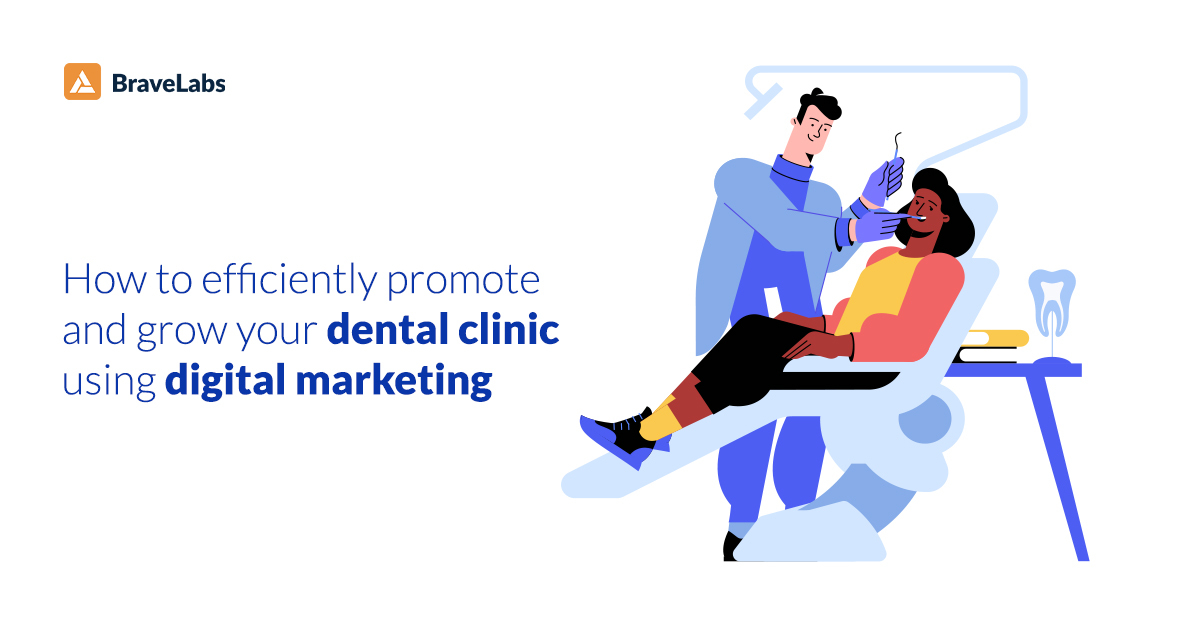Framework for Healthcare Web Design Model That Drives Engagement
As healthcare moves online, a website for your healthcare facility is the new front desk that patients judge you by. The better it looks and function, the more likely you are to get a new patient.
Introduction
The
healthcare industry is moving online? Why? Because patients prefer to choose
their providers based on reviews, websites, social proof, and more. With online
presence becoming more and more vital to the success of healthcare practices,
it’s important to ensure that your healthcare website performs well. Just like
how the exterior of your facility is important because it sets the first
impression, so too is the patient’s experience when they are visiting your
website.
When you’re
faced with managing large volumes of traffic and ensuring that their experience
is positive, elegant design becomes even more important than usual. That’s why
we’ve curated this list of site design tips that are effective at driving
engagement and increasing conversions. So if you want to create a website for
your healthcare practice—and keep customers coming back—these medical practice
website design tips are worth considering.
What drives engagements?
Engagement on your website can be
seen in many different ways. But regardless of their action, the end goal is to
make them stick around for long so that they are convinced to choose you as
their service provider. For that to happen, you need to focus on the experience
from the get-go.
To start, your website should
focus on the patient experience. This means you need to use a responsive design
and ensure that your content is easy to navigate and find important
information.
If you want your visitors to stay
on your site longer, then it’s also important that you include images and
videos in addition to text — these can be used as part of an interactive
experience by allowing users who are interested in learning more about what
they’re seeing or hearing at any given moment (e.g., a video tutorial).
Use Strong Visuals
Using visual elements on your
website is crucial if don’t want to present a big, boring wall of text that no
one reads. Visual elements like logos, images, infographics, and more, help
catch the attention of readers and keep them engaged.
Use visuals that are beautiful
but also communicate what you’re talking about. A great visual should be
memorable, express the story that you’re trying to tell, and the identity of
your company, and work across all platforms (desktop, mobile).
Give Readers Helpful Content
When you’re looking for examples
of healthcare web design that are engaging, you’ll want to look for websites
that provide helpful content. Your own website too should have content that is
valuable and helpful. Visuals help out a ton, but they’re not very useful if
the actual content on the website is bad.
Here are a
few things to keep in mind:
Use the
right topics. Make sure your content is relevant and easy to
read—don’t just post random articles on your website! Your website content
should be relevant to what you’re doing and also what the patients are looking
for.
Break up
text with images or graphics. This helps
readers stay focused while they’re reading through the page; it also makes them
feel like they’re getting something substantial from their visit (even if it’s
only one sentence).
Make sure everything on each page
is relevant and useful for readers who might be interested in what you have to
say! People will lose interest quickly if they don’t find anything useful.
Make Your
Contact Info Easy to Find
The contact information you
provide to patients should be easy to find, easy to read and understand, and easy
for users to navigate. When it comes down to it, these three things are about
as important as any other elements of your website design. So how do you make
sure that your contact information is readily available?
Make sure people can easily find
the contact information for themselves or another team member if they have
questions or need help with anything related to their healthcare needs at all
times. Add emails, phone numbers, and even a map link so that patients can
easily make their way to your healthcare practice.
Integrate Strong Call to Actions
The call to action is the biggest
opportunity for your website to get visitors engaged. When you have a strong
call-to-action, visitors are more likely to take action and convert to your
site.
Make sure it’s clear and concise.
Your CTA should be easy-to-find on every page of your site, so make sure that
each CTA has its own unique position within the design—and that it stands out
from everything else in terms of color, and font size.
For example: If you want someone
who has just clicked through from another page but doesn’t yet know what they
want or need (for example), then having an obvious link at the top right corner
of this new page wouldn’t be helpful since most people will already assume
“Call now!” was meant for them (and end up clicking). Instead, try putting some
type there like “Get Started Now” or “Get Your Free Consult Today.” This way
those looking at it won’t have any doubt about what they’re supposed to do
next–they’ll see right away how simple getting started really is!
Conclusion
While you may still have some
questions about how to create a healthcare website that drives engagement, we
hope these examples help you get started on the right track. Remember, creating
an engaging online presence is not only possible—it’s also critical to
maintaining your business and making sure that patients are happy with their
care experience. And don’t forget that amidst all this, your website needs to
comply with all HIPAA regulations as well.
BraveLabs helps healthcare practices sharpen their online presence with
engaging content, beautiful websites, and result-oriented processes. Contact
today to see how your website might look with our help. Our HIPAA compliant website builder makes
building a website easy.


.jpg)

Comments
Post a Comment